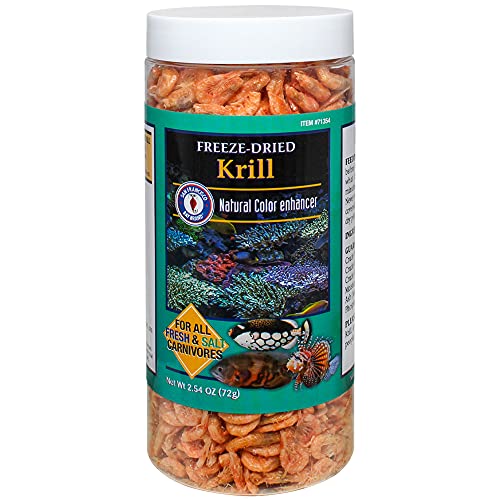jeffkeith_us
Well-known member
- Joined
- Apr 26, 2005
- Messages
- 104
Hi Everyone
I've done a little work over the past two weeks. Moved the Amphipods to a 32 gallon trash can. Rebuilt the ten gallon quarantine aquarium so that it now has the baby-safe system.
When I put one of the scrubber pads into this aquarium the amphipods would not get out of it, a few did. I thought "well this is different", so I let it stay in there overnight. They had all left the scrub pad by the morning.
The Copepod Aquarium (CA) didn't have as much marine infusoria per liter as I thought it should take to support Mandarin larvae. I will need to either start another CA (Copepod Aquarium) or start a larger CA. The best thing about this kind of aquarium is that wile you can't use the carbon filter because of the greenwater, you can use the baby-safe system in conjunction with the Bio-wheel.
For reason of fragility I fear the moving of Mandarin larvae from the capture basket (the jar in the photograph on the left is removed so you can see the capture basket) soon after they've hatched. If anyone has any input to offer about this please, feel free to do so.


The CA (Copepod Aquarium) is producing a lot of copepods, however. It may be just too soon to discern the production rate of a five gallons (19 liters) CA.

It's not a problem at this time as there are no Mandarin eggs yet and right now I am glad of it. I still need time to learn more about my food animal production rates and what are the correct technics.
I've done a little work over the past two weeks. Moved the Amphipods to a 32 gallon trash can. Rebuilt the ten gallon quarantine aquarium so that it now has the baby-safe system.
When I put one of the scrubber pads into this aquarium the amphipods would not get out of it, a few did. I thought "well this is different", so I let it stay in there overnight. They had all left the scrub pad by the morning.
The Copepod Aquarium (CA) didn't have as much marine infusoria per liter as I thought it should take to support Mandarin larvae. I will need to either start another CA (Copepod Aquarium) or start a larger CA. The best thing about this kind of aquarium is that wile you can't use the carbon filter because of the greenwater, you can use the baby-safe system in conjunction with the Bio-wheel.
For reason of fragility I fear the moving of Mandarin larvae from the capture basket (the jar in the photograph on the left is removed so you can see the capture basket) soon after they've hatched. If anyone has any input to offer about this please, feel free to do so.
The CA (Copepod Aquarium) is producing a lot of copepods, however. It may be just too soon to discern the production rate of a five gallons (19 liters) CA.
It's not a problem at this time as there are no Mandarin eggs yet and right now I am glad of it. I still need time to learn more about my food animal production rates and what are the correct technics.
Last edited:





























































